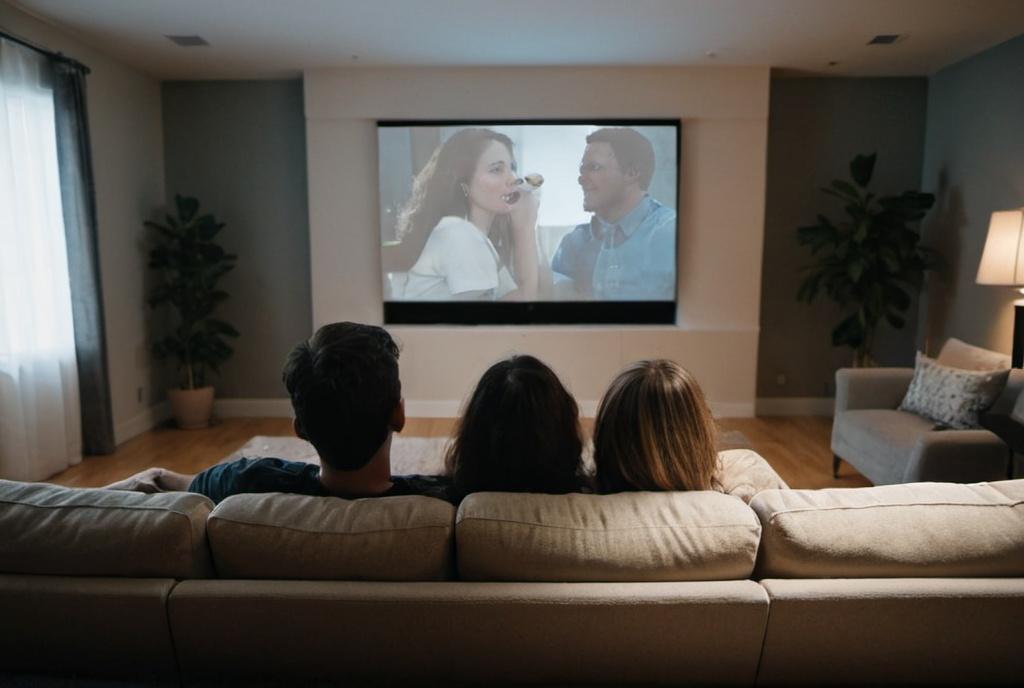
Key Take Aways About casting process for films
- Casting is a crucial and complex part of filmmaking, blending art and science.
- The process involves auditions and screen tests to find the right talent fit.
- Agencies play a significant role, similar to stockbrokers scouting investments.
- Casting directors are essential, acting as talent scouts and therapists.
- Budgeting requires balancing established stars and new talent for financial success.
- Star power can significantly impact a film’s box office performance.
- The casting process concludes with a “green light” signal for production to start.
- Casting decisions can be pivotal, influencing the film’s ultimate success or failure.

The Casting Process: The Currency of Cinema
Picture this: you’re sitting in a dimly lit theater, popcorn in hand, and the lights dim. What you’re about to watch is not just the result of brilliant writing or stellar directing; often, it’s the power of casting that drives the story home. There’s more to casting than just picking names off a list, oh no. It’s like playing chess, but instead of knights and queens, you’re dealing with actors and their talent. Let’s face it, many have thought they could cast a movie better from their couch than those who actually make a living at it.
Understanding the Casting Process
Casting is an art and a science blended seamlessly. It starts with understanding the script inside out. This means knowing the characters not just by their lines, but by their soul. It’s about finding the perfect match between written words and human essence. And yes, this might sound a bit poetic, but it really is a delicate balance where dollars and drama meet. Just like in the financial markets, understanding the assets (in this case, actors) is key.
Auditions and Screen Tests: The Litmus Test
Auditions are like first impressions; they matter. It’s where dreams are made, and sometimes, crushed. The casting director becomes the gatekeeper, sifting through hopefuls to find that rare nugget of talent. And sometimes, even the pros have to go through the ritual of auditions. Remember when Ryan Gosling had to audition for *The Notebook* even after his *Mickey Mouse Club* days? Yeah, no one is above a good audition.
But, once the field is narrowed, screen tests bring it all into high-definition. It’s the equivalent of a financial stress test, ensuring that under the bright lights and rolling cameras, the actor can hold their own. After all, there’s no Photoshop for live acting.
From Agencies to Tables: The Business of Casting
Agencies play the middlemen here, always on the lookout for opportunities and the right talent fit. They act like stockbrokers, scouting out the next big investment and talking up their clients’ worth. It’s a numbers game, and while it may lack the glitz of the screen, it’s where power moves are made.
Casting calls are like a director’s day at the stock exchange. It’s frenetic, full of energy, and, occasionally, a little overwhelming. Decisions get made around tables piled high with headshots and résumés, coffee cups precariously balanced on the edge of chaos.
The Casting Director: The Unsung Hero
If casting were a game of poker, the casting director would be holding the cards. The casting director is the unsung hero, part therapist, part talent scout, and sometimes part miracle worker. They’re the ones who bring the puzzle pieces together, ensuring the cast not only fits the story but enhances it.
Budgeting for Stars and Newbies
Balancing the budget is no less intricate than any other financial plan. How much do you spend on a big-name star versus investing in fresh talent? The star brings in the audience, but new talent can bring in fresh energy and potentially lower costs. It’s not always a straightforward decision, much like choosing between blue-chip stocks and up-and-coming startups.
The Economics of Star Power
Star power can sometimes make or break a film’s financial success. A-listers come with hefty price tags, but also promise box office returns. Studios often weigh the potential return on investment when deciding on casting. Are you banking on the safe bet or betting on a new horse? You see, sometimes the safe choice is not the most lucrative.
The Greenlight Effect
Once casting is finalized, and the cast is locked in, the film often receives its official “green light.” It’s essentially the studio’s thumbs up to proceed, reassuring everyone involved that the investment shows promise. It’s akin to getting that final approval from a board of directors or sealing a deal after months of negotiation.
Case Studies: Hits and Misses
Casting stories can be as dramatic as the films themselves. Take the case of Harrison Ford as Indiana Jones—initially not the first choice, but became iconic. Then there’s the curious case of John Travolta turning down *Forrest Gump*, a move that arguably shaped cinema history.
Wrapping It Up
So next time you’re watching a film, spare a thought for the process that goes into casting those faces you see on screen. While scripts and directors often get the limelight, without the right cast, even the best script can fall flat. It’s a dance of art and finance, one that can often be the deciding factor between a box office hit and a dud. In the end, casting is cinema’s currency, where talent is traded in for box office gold.



